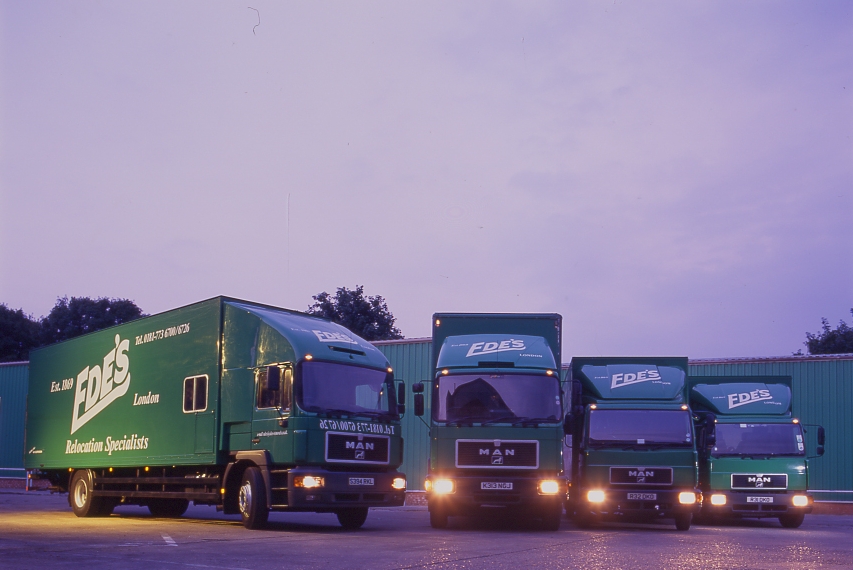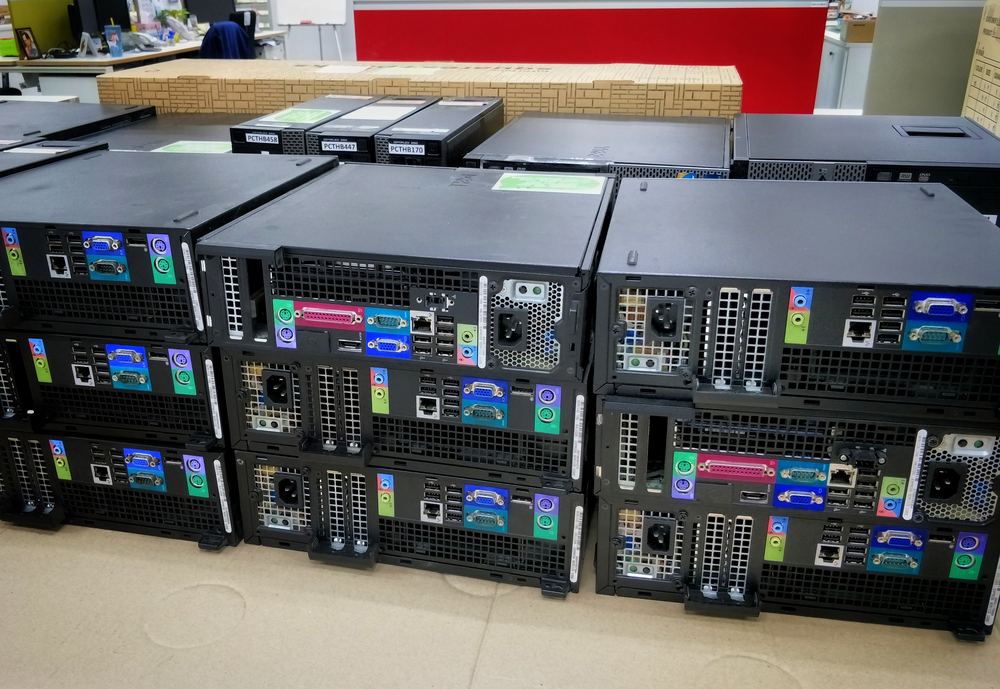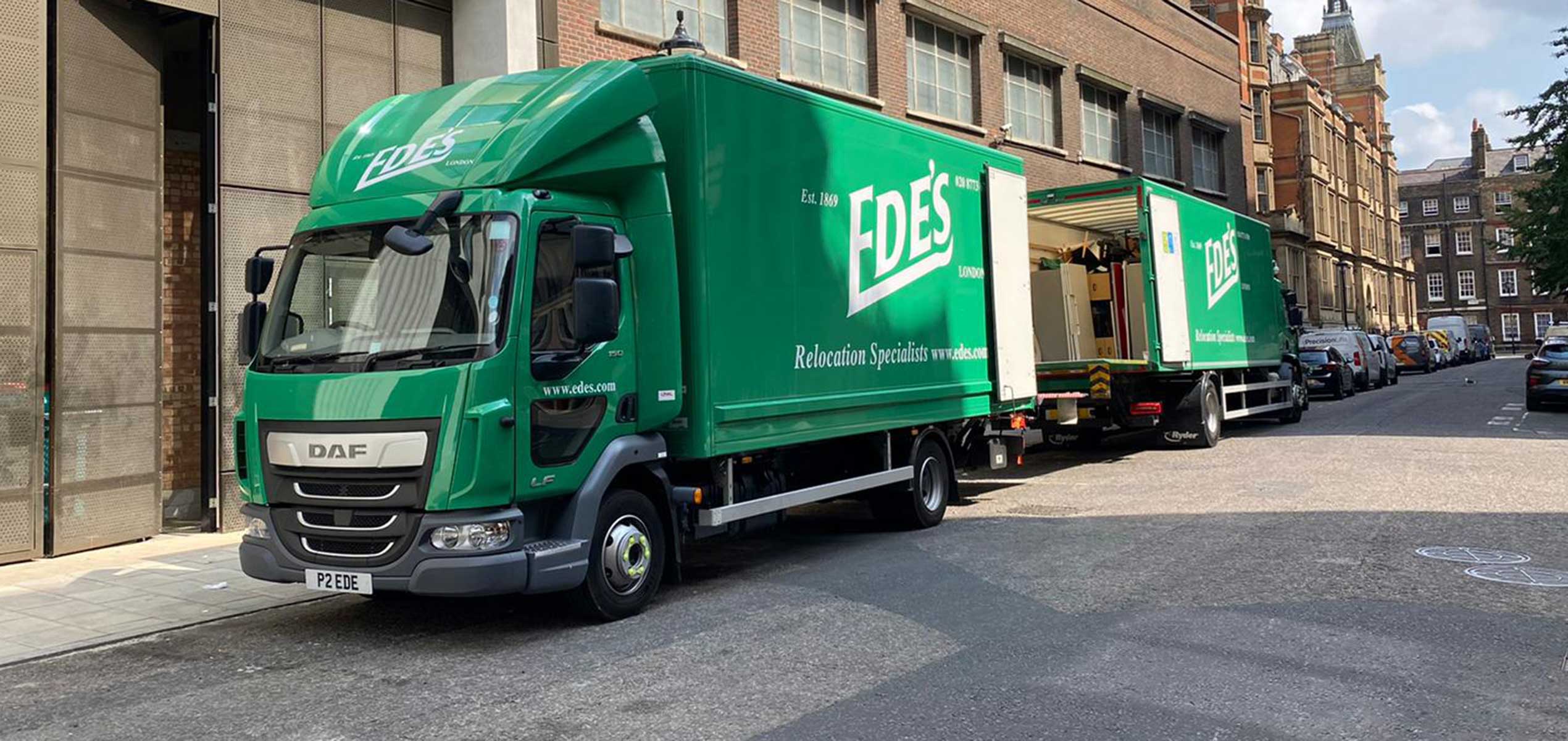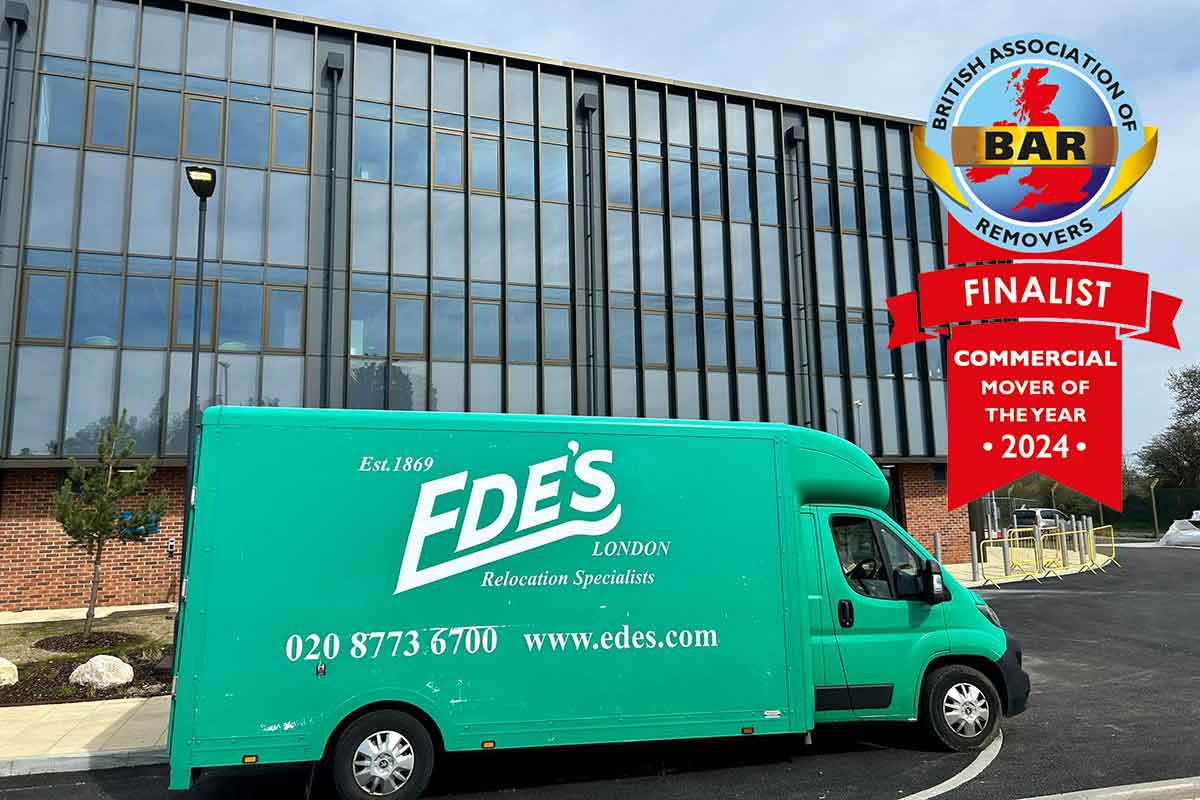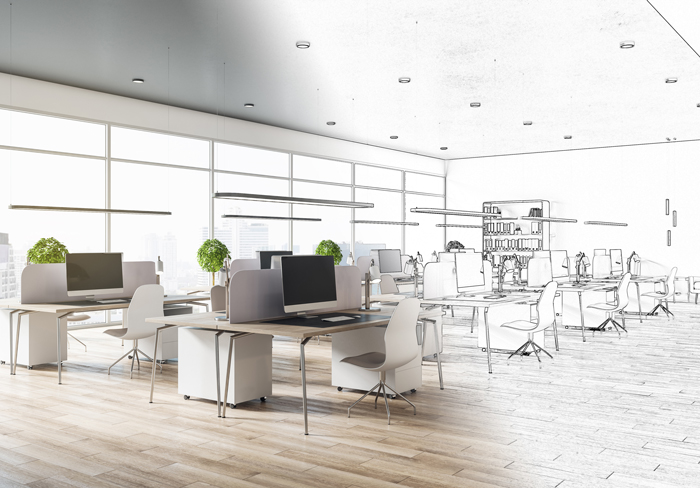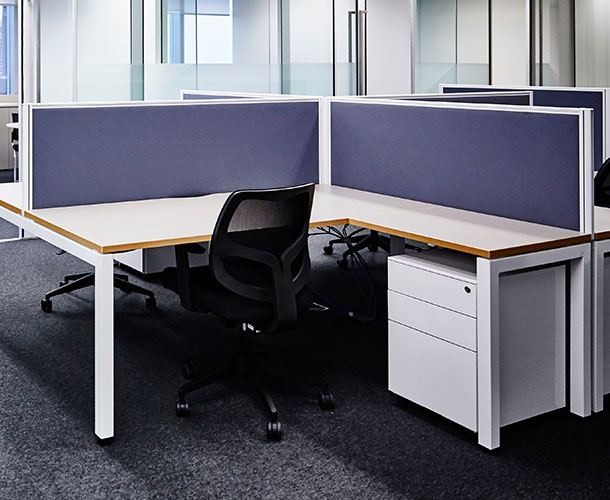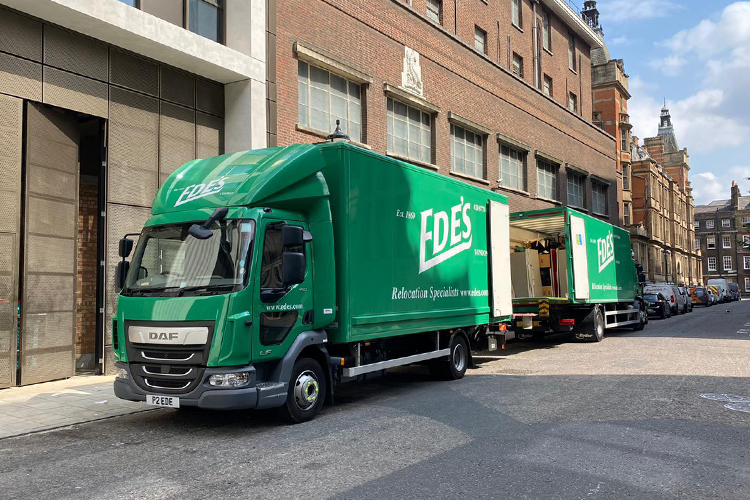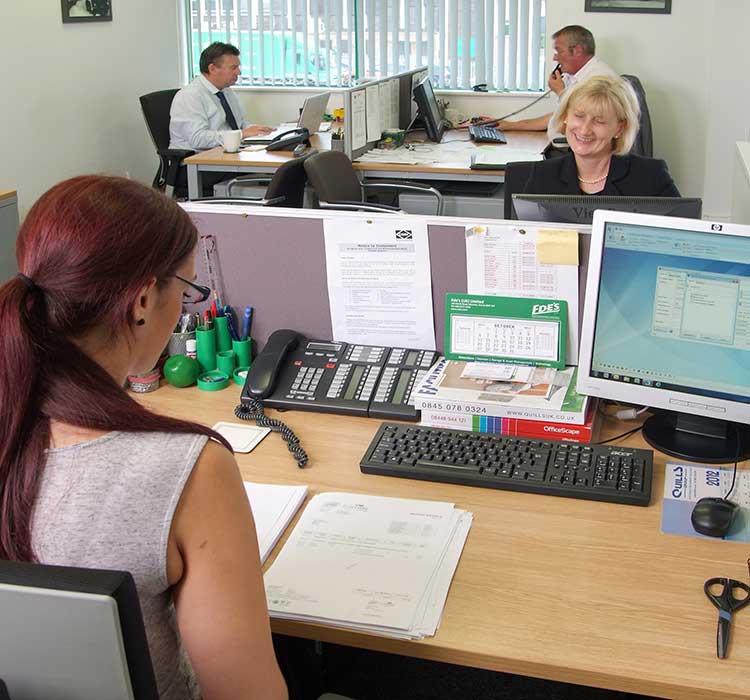When it comes to office relocation in London, employee engagement and collaboration can significantly affect the success of the move. As the individuals directly involved in carrying out day-to-day roles within the workspace, employees have valuable insights and knowledge that can contribute to the design and execution of a seamless relocation plan. Moreover, involving your workforce in the process helps foster a sense of ownership, collaboration, and commitment, ultimately promoting a positive working environment in the new location. As a leading Commercial Relocation, Storage and IT Services provider with a rich 150-year history, EDE’S (UK) LTD understands the intricate dynamics of an office move and is well-positioned to guide you and your team through this critical transition.
In this comprehensive article, we explore various strategies to engage your employees in the office moving process, covering aspects such as effective communication, team-building and problem-solving initiatives, change management, and employee wellbeing. With the support of Ede’s expert guidance, businesses can ensure all employees are on board and play an instrumental role in not only achieving a successful move, but also fostering a positive and productive work environment in the new office. By treating your London office relocation as an opportunity to strengthen teamwork and communication, your company will emerge from the transition stronger and more cohesive than ever before.
Our expertise will ensure your London office relocation is smooth, ensuring a seamless process and a successful transition for your entire team. By engaging your employees in the move, you can effectively harness their skills, experience and enthusiasm to create an even more productive and efficient workspace in your new location.
Achieving a Smooth London Office Relocation with Employee Buy-In and Collaboration
Effective Communication and Open Dialogue
Establish clear lines of communication with your employees:
1. Transparency: Keep your workforce informed about the reasons for the office relocation, timelines, and expected outcomes. Openly share information and address queries or concerns, fostering trust and rapport.
2. Regular updates: Maintain an open channel of communication throughout the relocation process, providing regular updates on the progress and involving employees in key decision-making.
3. Feedback opportunities: Create platforms for employees to voice their opinions and suggestions, enabling them to contribute to the success of the relocation through constructive input and involvement.
Team-Building and Problem-Solving Initiatives
Organise activities and initiatives that promote teamwork and encourage employee collaboration:
1. Relocation task forces: Create cross-functional teams responsible for specific aspects of the move, such as logistics, IT systems, or workspace layout. Encourage collective decision-making and problem-solving, reinforcing interdisciplinary collaboration.
2. Workshops and training sessions: Offer training programmes and workshops to ensure employees are equipped with the relevant knowledge and skills required for a successful relocation, further promoting their involvement and commitment to the process.
3. Team-building events: Organise company-wide team-building activities to strengthen employee bonds and encourage a positive environment in the new office location, setting the stage for a supportive workspace culture.
Change Management and Organisational Adaptability
Effectively manage change and help employees adapt to the new workspace:
1. Change management framework: Utilise a comprehensive change management framework to guide your employees through the relocation process, equipping them with the necessary resources and support to navigate the transition with confidence.
2. Adaptability training: Offer training sessions to promote adaptability and resilience among employees, helping them cope with the changes and embrace the opportunities associated with the relocation.
3. Post-move support: Implement a post-relocation support plan, providing access to resources and assistance to ensure employee wellbeing and productivity in the new office environment.
Employee Wellbeing and Stress Mitigation
Prioritise employee wellbeing during the relocation process to maintain productivity and retain talent:
1. Transparent expectations and support: Clearly communicate responsibilities and expectations to your employees regarding their roles in the relocation, ensuring they have adequate support and resources to manage their tasks effectively.
2. Stress reduction strategies: Encourage the use of stress management techniques, such as mindfulness meditation, time management training or flexible work arrangements, to help employees maintain a healthy work-life balance during the relocation process.
3. Recognition and rewards: Acknowledge employees’ efforts and successes during the relocation, providing recognition and rewards to help boost morale, motivation, and a sense of accomplishment.
Conclusion
Employee buy-in and collaboration can make a tremendous difference to the success of your London office relocation, positively impacting morale, productivity, and overall workplace culture. By embracing effective communication, team-building, change management, and employee wellbeing strategies, businesses can ensure a smooth transition while strengthening their workforce’s bonds and commitment to the organisation’s success.
Partner with us at Ede’s. We are experienced Commercial Relocation, Business Storage and IT removals professionals, and we will ensure your company’s relocation process becomes a transformative experience, leaving a lasting positive impact on your employees and their overall job satisfaction. We will expertly manage the logistics of your move, so you can focus on cultivating a seamless and positive transition for your most valuable assets: your employees.
Ede’s specialise in moving businesses including shops, warehouses, and office moves.


